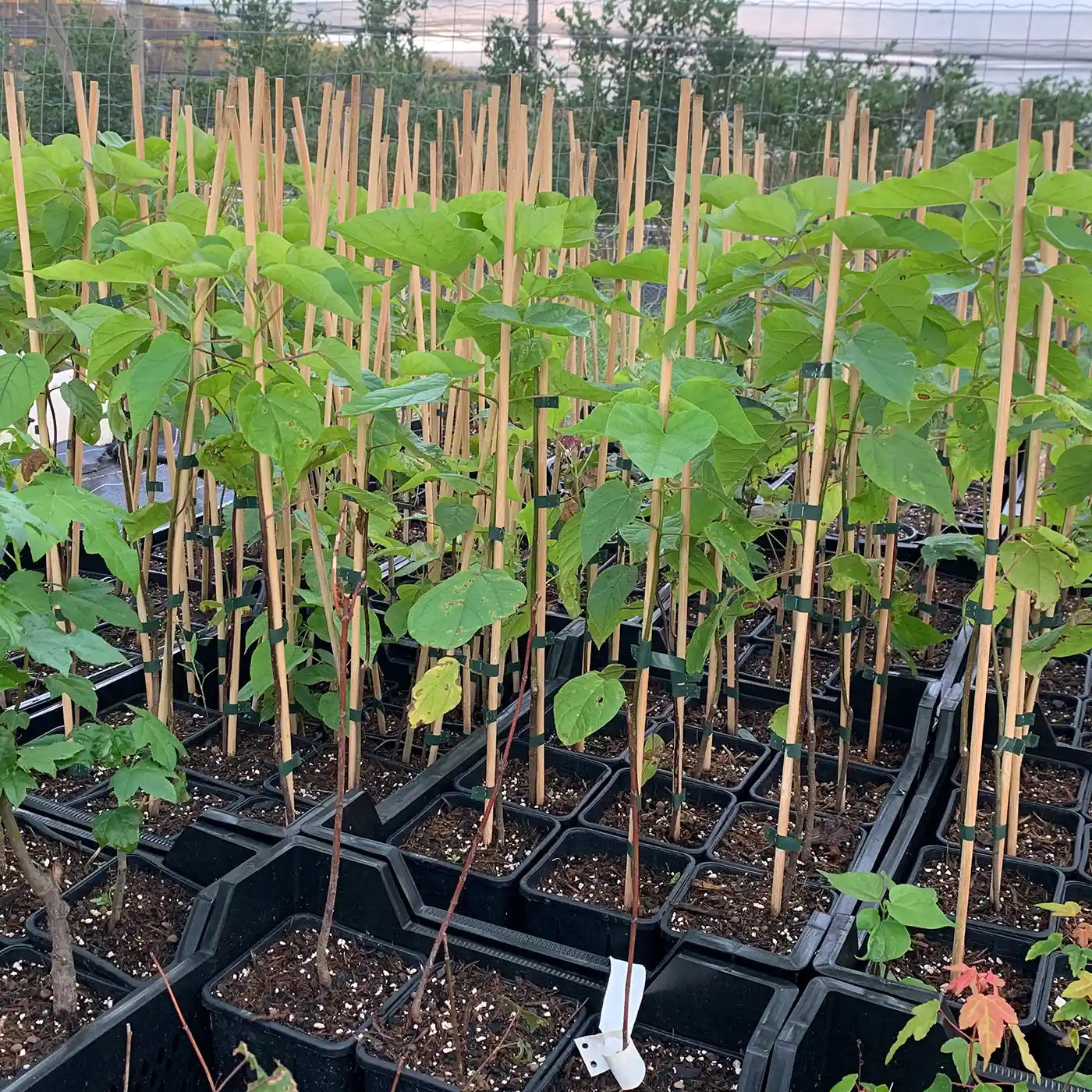What is the solution?
Why don't these tree species grow here?
As already described above, some of these trees already existed in Central Europe. Compared to Asia and America, we have a relatively poor vegetation diversity. This is because the ice migrated from north to south during the last ice age. The mountains in America and Asia are aligned longitudinally. This meant that these tree species were able to steadily retreat to the south and then back to the north once the ice had retreated again. Different in Europe. Our mountains lie across and thus formed a barrier where some tree species fell victim to the ice. At that time, only a few particularly forest-safe species survived.
Now that the climate is changing again and we are experiencing particularly harsh droughts and heatwaves again, we need some of these plants again.

Where do the trees come from?
Is it about foreign exotics?
Here the answer is no. Many of these trees grow not only in their country of origin, but also here. However, these are very rarely represented in parks or tree collections. In addition, most of these tree species were native to us before the last ice age.
Alternative with advantages
Climate change trees are tree species that better tolerate extreme weather conditions such as heat, drought and frost and therefore represent an adaptation to climate change.
1. Plant robustness
Thrives excellently in extreme conditions such as heat and drought.
2. Non-invasive species
Do not disturb the ecological balance and do not displace native plants.
3. Food for wildlife
Provide many important food sources for local animals such as bees and birds.
Kampf gegen das Waldsterben
ARTENREICHER MISCHWALD
Bereits seit mehreren Jahren haben alle Regierungen den Kampf gegen das Waldsterben aufgenommen und bauen deren Wälder von Fichten-dominierenden Kulturen auf einen artenreichen Mischwald um. Nadelbäume sind dabei keineswegs zu verteufeln. Diese gehören genau wie Laubbäume zu unseren Wäldern dazu.
Read enough?
Here you can find all our plant genera.

